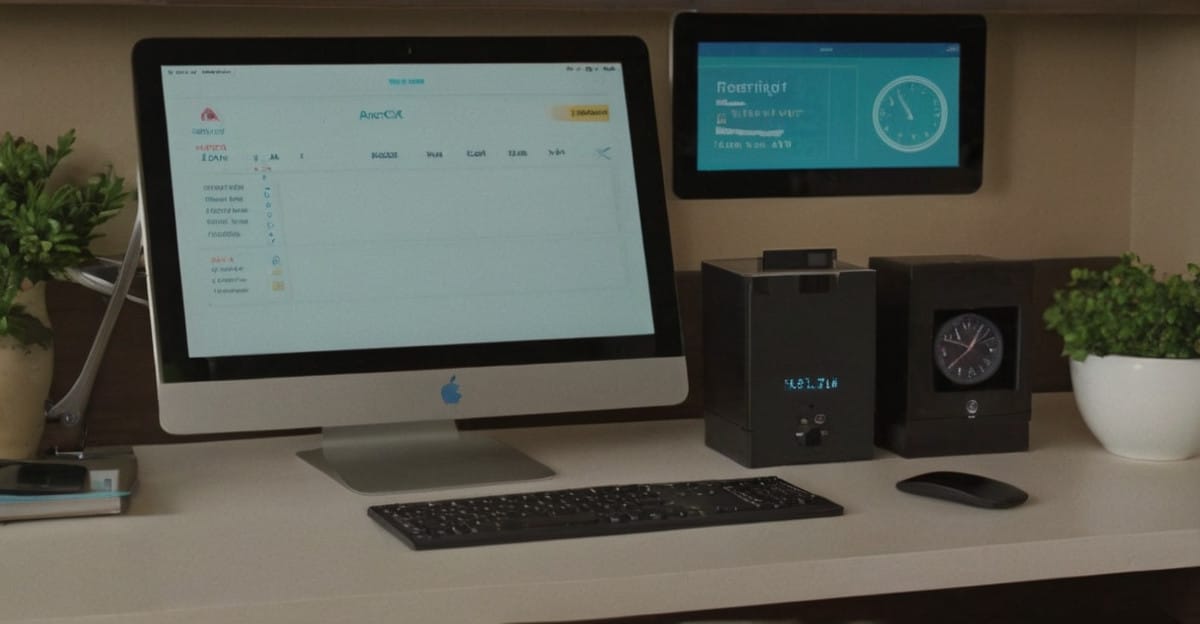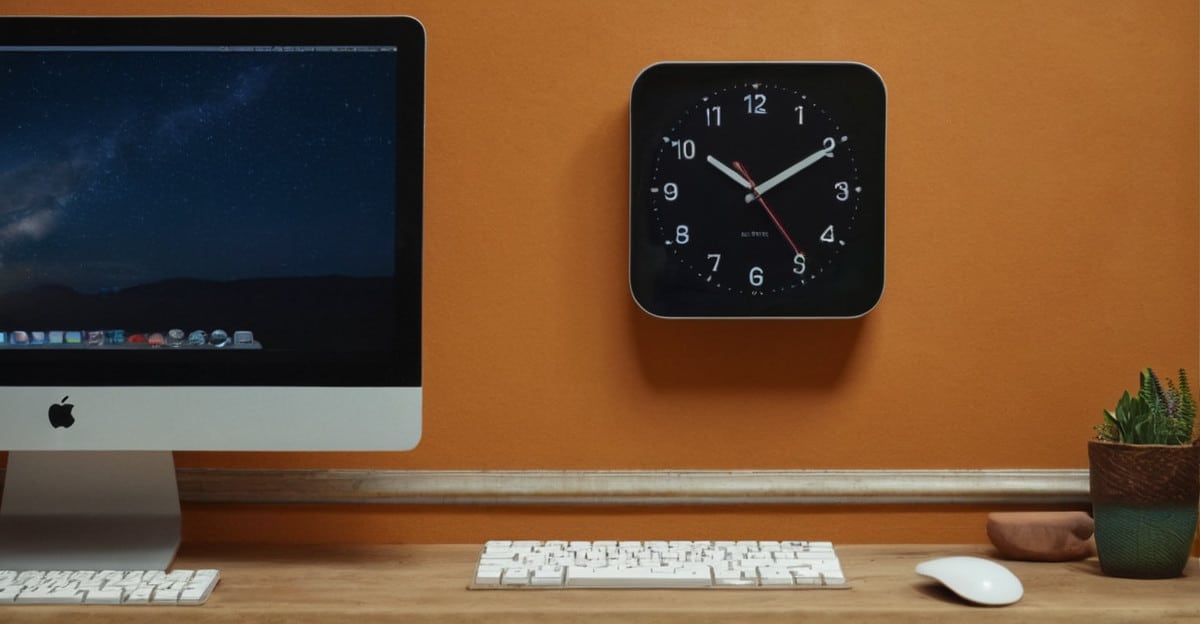
Introduction to Time Clocks for Remote Employees
Today’s digitally linked, fast-paced world has made it imperative for companies of all kinds to manage remote workers well. A crucial instrument that can facilitate this procedure is the remote employee time clock. Businesses may ensure proper tracking of work hours and save time and money by using time clocks. This thorough manual will examine all facets of remote worker time clocks in detail, providing analysis and useful advice for 2024.
Benefits of Using Time Clocks for Remote Employees
There are many advantages to using time clocks for remote workers. First off, it makes sure that work hours are accurately tracked, which can result in more accurate payroll computations. This helps to comply with labor rules and also avoids overpayments. Second, by giving managers access to real-time information about workers’ work habits, time clocks can increase productivity. Thirdly, HR personnel can concentrate on more strategic duties as a result of automated time tracking, which lessens administrative burden. Finally, time clocks encourage remote workers to respect deadlines and schedules by fostering a sense of accountability.

Types of Time Clocks Suitable for Remote Work
There are various time clock kinds, each with unique characteristics and benefits, that are appropriate for working remotely. Employees that are constantly on the go can use mobile time clocks, which enable them to clock in and out using smartphones. The ability to access the system from any device with an internet connection is a feature of web-based time clocks. Biometric time clocks—which employ facial or fingerprint recognition—provide an additional degree of protection and are especially helpful in stopping time theft. Lastly, software-based time clocks offer a full solution for tracking time and attendance by integrating easily with other HR systems.
Key Features to Look for in a Time Clock System
There are a few important things to take into account when choosing a time clock system for your remote workers. First, make sure the system has real-time tracking features, which let supervisors keep an eye on workers’ actions as they take place. Next, search for a system that can streamline administrative duties by integrating with your current payroll and HR software. Another useful tool is geofencing, which lets you designate particular areas where staff members can clock in and out. Additionally, pick a system that has strong reporting features so you can create comprehensive reports on overtime, employee work hours, and other topics. Lastly, make sure the system is easy to use and provides customer service for any problems that could come up.

How to Implement a Time Clock System for Remote Employees
There are multiple processes involved in setting up a time clock system for remote workers. To start, evaluate your company’s requirements and choose the kind of time clock that best fits your employees. Next, investigate and contrast several time clock systems, taking into account elements like price, features, and user feedback. After choosing a system, configure and set it up to meet your needs as a business. Integrating the system with your current payroll and HR software may be necessary to do this. Once the system is up and running, train your remote workers on how to use it efficiently. Lastly, keep a frequent eye on the system to make sure everything is operating as it should and take quick action to fix any problems.
Common Challenges and How to Overcome Them
Although putting in place a time clock system for remote workers has many advantages, there are drawbacks as well. Employee resistance—the reluctance to embrace new technology—is a prevalent problem. To get around this, stress the system’s advantages and offer in-depth training. Selecting a dependable and secure solution might help with another challenge: guaranteeing the accuracy of time tracking. Technical problems can also occur, so it’s critical to choose a system with strong customer support. Ultimately, it’s critical to protect data security and privacy, so make sure the system conforms with all applicable laws and uses robust security measures.

Best Practices for Managing Remote Employees with Time Clocks
Use these recommended practices when employing time clocks to manage remote workers. Start by laying up precise rules and expectations for time tracking, including how to handle time inconsistencies and clock in and out. Inform your staff members of these policies, and offer training as necessary. Next, keep an eye on employee performance and pinpoint areas for development using the information gathered by the time clock system. Examine and evaluate reports on a regular basis to make sure that company rules and labor laws are being followed. In addition, promote an environment of open communication and accountability among your staff members by giving them feedback. Finally, to keep refining your time tracking procedures, keep up with the most recent developments in time clock technology.
Top Time Clock Systems for 2024
As 2024 approaches, a few time clock systems stand out for their functionality, dependability, and ease of use. Clockify is a well-liked option because of its comprehensive reporting features and ease of use. The smooth connection that QuickBooks Sheets by QuickBooks provides with accounting and payroll software makes it an excellent choice for small and medium-sized enterprises. Hubstaff is perfect for remote and mobile workforces since it offers cutting-edge features like activity tracking and geofencing. Another great choice is Time Doctor, which provides extensive time tracking and productivity monitoring capabilities. Lastly, Replicon is a great choice for larger enterprises with intricate time tracking requirements because of its powerful project management and billing tools.
Case Studies: Success Stories of Businesses Using Time Clocks
A great deal of time and money has been saved by the successful implementation of time clocks for remote workers by numerous companies. For example, after implementing a biometric time clock system, a mid-sized marketing business reported a 20% boost in productivity. They were able to decrease administrative burden and expedite payroll procedures thanks to the precise recording of work hours. Another illustration is a construction company that gave its field personnel the ability to clock in and out of project sites by implementing a mobile time clock device. This enhanced precision and decreased instances of time stealing. These success stories demonstrate the possible advantages of employing time clocks for remote workers and can act as a model for other companies thinking about implementing this technology.
Future Trends in Time Clock Technology
Looking ahead to 2024 and beyond, a few factors are anticipated to influence how time clock technology develops in the future. Combining machine learning (ML) with artificial intelligence (AI) to deliver more precise and effective time tracking is one new trend. Time clocks with AI capabilities can examine employee work habits and provide recommendations for increasing efficiency. Using wearable and mobile technology to clock workers in and out using their smartphones or smartwatches is another trend. The possibility of using blockchain technology to create safe, unchangeable time tracking records is also being investigated. Future time clocks should become even more efficient and user-friendly thanks to these developments.






